Museums6 results
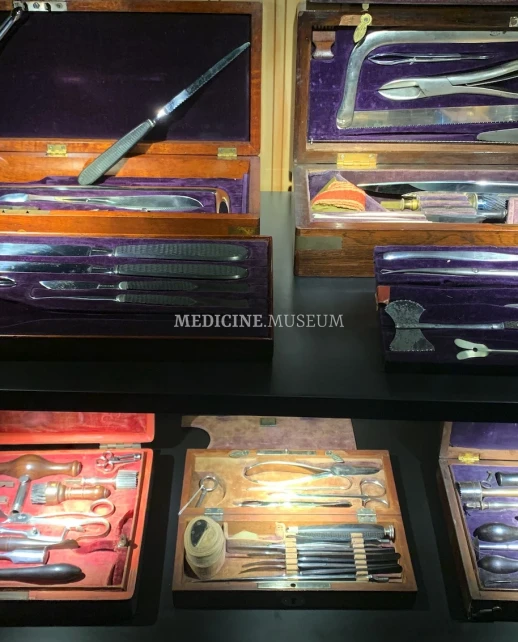
Germany
A time capsule of medical history nestled in Germany, the EuroMedSim Medicine Museum, part of the European Institute for Simulation in Medicine, is a captivating journey through medical history. It showcases ancient medical and dental instruments, a rare book library, and art pieces that illuminate the intersection of art and medicine. Historical Instruments: Explore the evolution of surgical, diagnostical and dental tools, highlighting medical progress over centuries. Rare Books: Delve into a library housing ancient manuscripts and influential medical works, offering insights into the roots of medical knowledge. Artistic Expression: Witness the fusion of art and medicine through anatomical drawings, and paintings that depict the cultural and human aspects of healthcare in the past. A visit to EuroMedSim Museum is a window into our medical history, bridging ancient practices with modern medicine and honoring those who shaped the field.
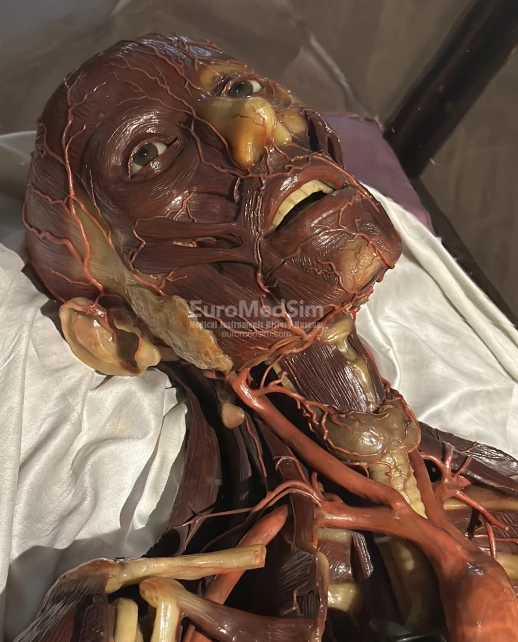
Austria
The Josephinum in Vienna is a renowned medical history museum situated in the historical building of the Medical-Surgical Joseph's Academy established in 1785 under Joseph II, Holy Roman Emperor. Today, the museum houses the collections of the Medical University of Vienna, celebrated for its one of the world's largest anatomical wax models collection, which were crafted between 1784 and 1786 by Florence masters including renowned Clemente Susini. These models provide detailed insights into human anatomy and have been pivotal in medical education. After comprehensive renovations, the Josephinum reopened its doors in September 2022, offering visitors a blend of historical artifacts and modern exhibitions that chronicle over 650 years of medical history.
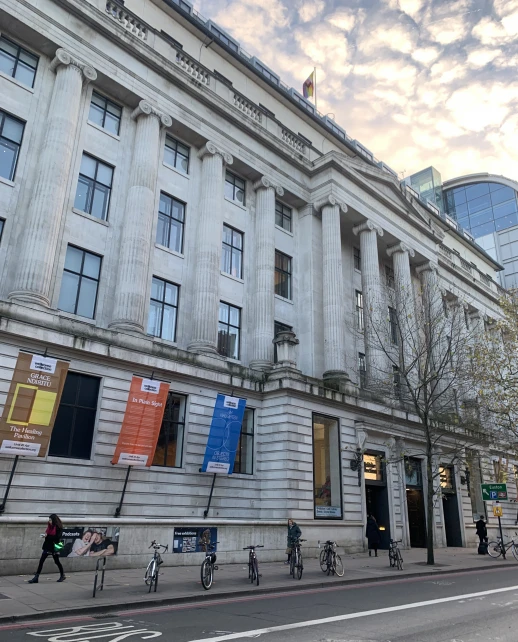
England
The Wellcome Library is one of the world's leading resources for the study of medical history and the human condition, offering an extensive collection spanning several centuries. It is located in a distinctive building (183 Euston Road, London – just next to the University College Hospital areal), known for its unique architecture and historical significance, serves as a hub for both the Wellcome Collection's library and its wider range of activities, including exhibitions and public events focused on health and medicine. It forms a part of the Wellcome Collection, a free museum and library that aims to challenge how we all think and feel about health. Significantly, the Wellcome Library has made strides in digitizing its collections, making many of its treasures accessible online. This initiative greatly facilitates research for scholars, students, and the general public, who can now explore vast amounts of material from the comfort of their homes. The Wellcome collection is rich and varied, featuring an array of materials including books, manuscripts, archives, films, and paintings, all related to the development of medicine and health care. These resources not only encompass Western medicine but also cover a wide range of cultural and historical perspectives on health and disease from across the globe.
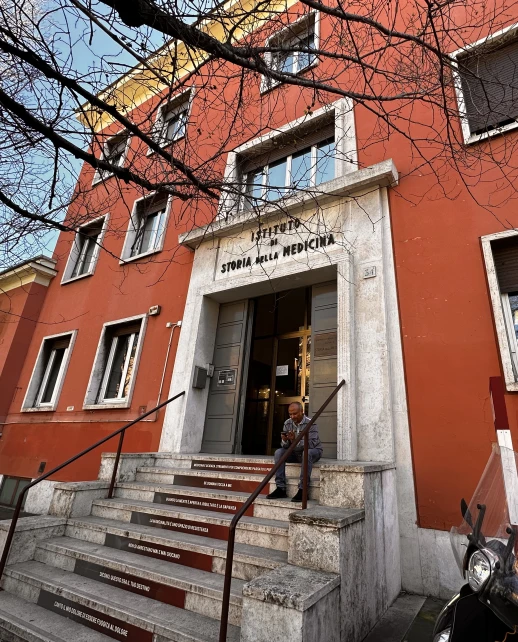
Italy
The Museo di Storia della Medicina at Rome University, founded in 1938 by Adalberto Pazzini, is located in the Institute of the Medical History and showcases the evolution of medical science across three floors. The basement features reconstructions like an apothecary and an alchemist’s lab. The first floor spans from prehistoric times to the 17th century, highlighting ancient Mediterranean and medieval medicine. The second floor explores the shift to experimental medicine, biomedicine, genomics, and their technological applications.
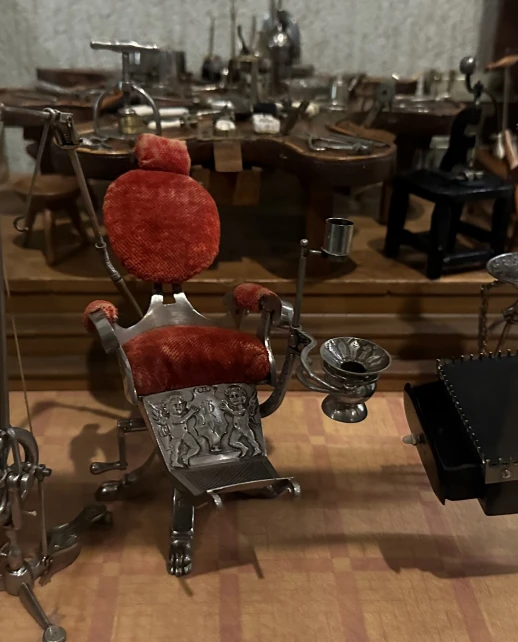
Hungary
The Hungarian people are proud of Ignaz Philipp Semmelweis (1818–1865), born in Pest to a catholic German family, the discoverer of the cause of childbed fever – fatal infectious complications in women in labor, and introduced effective measures of it's prevention in 1846. In his honour, the building where he was born in 1818 now houses a museum of the history of medicine bearing his name, which tells not only about Dr. Semmelweis, but also provides a multifaceted illustration of the main milestones in the development of European and world medicine. The remarkable permanent exhibition is complemented by regularly updated temporary exhibitions.
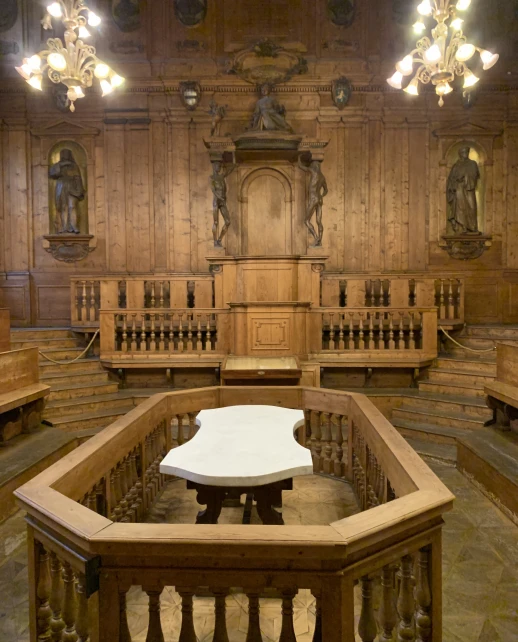
Italy
The Anatomical Theater, known as Teatro Anatomico, is just a short walk from Piazza Maggiore, the central square in Bologna. This historic site, nestled within the Palazzo dell’Archiginnasio, is a stone's throw from the location of Europe's oldest university, established in Bologna in the 11th century. Since 1563, the Palace of the Archigymnasium has been the central hub for the "Schools" of the Alma Mater Studiorum, featuring a courtyard encircled by double-story peristyles, characteristic of Italian universities of the period, such as the Sapienza in Rome or Palazzo Bo in Padua. Constructed in 1637, the Teatro Anatomico boasts a centrally placed, ornately designed marble table, flanked by wooden railings where dissections were historically carried out. The professor's chair, with its canopy upheld by two "Spellati" statues—carved, skinless figures—stands out prominently like Hippocrates, Galen, Malpighi, Gaspare Tagliacozzi. Overhead, the allegorical figure of Anatomy is depicted receiving two gifts, a manuscript scroll and a femoral bone, from an angel. A showcase displays a Latin edition of Galen's works, underscoring his profound impact on medieval and Renaissance medicine.